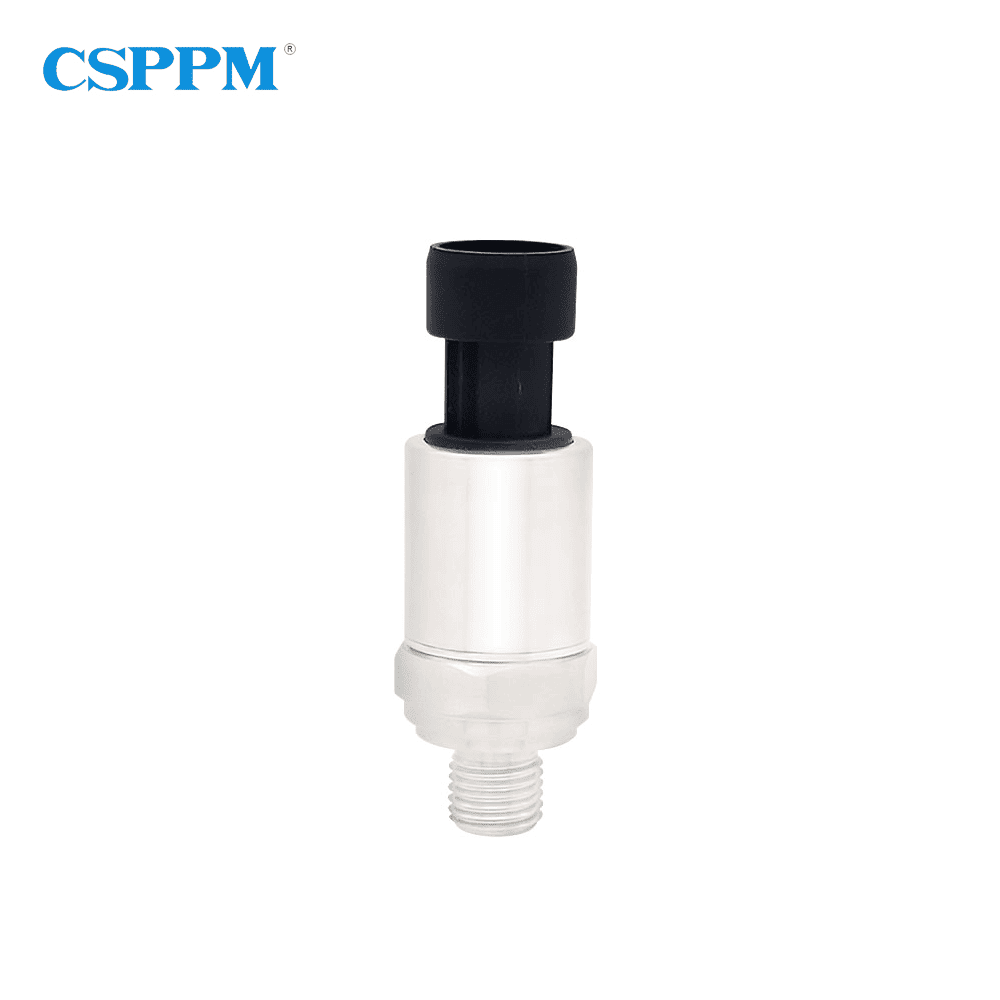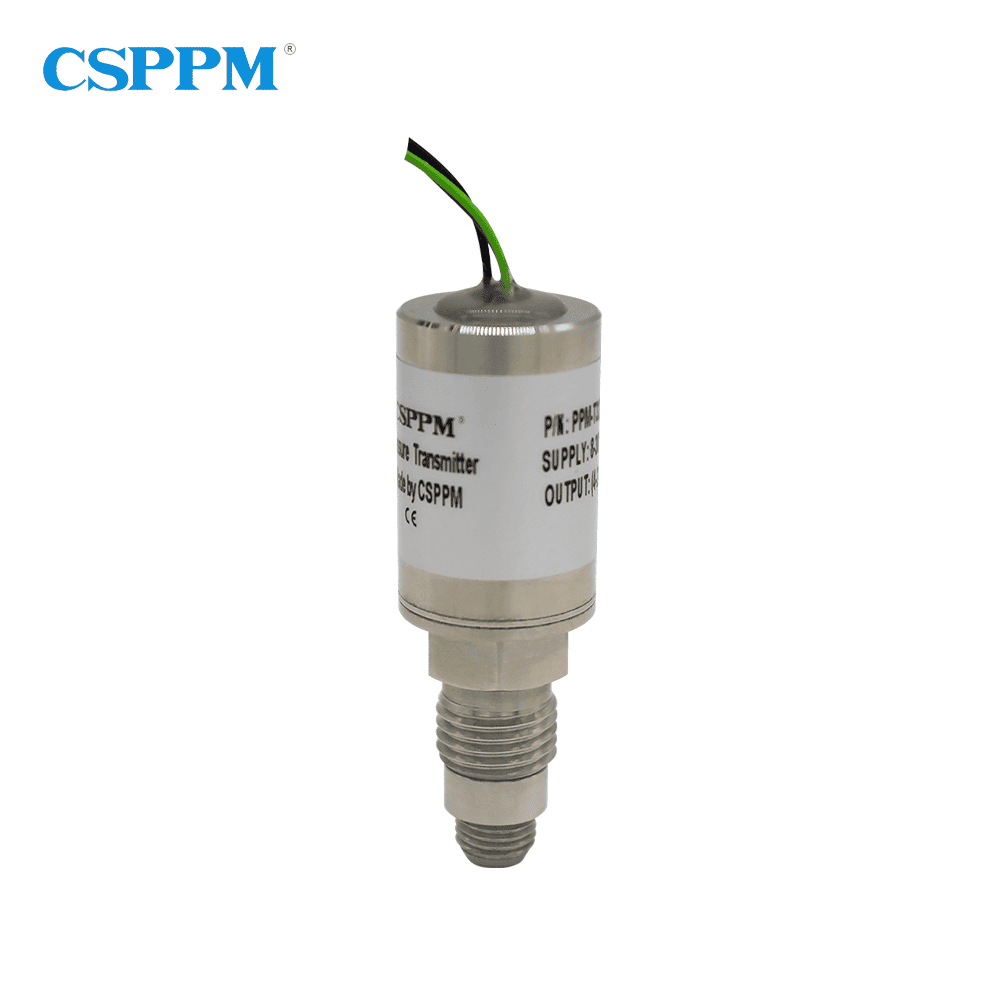Introduction: The Challenges in Pressure Measurement
Imagine a scenario where an industrial process continually suffers from inconsistent pressure readings—leading to costly downtimes and safety concerns. This is a common pain point in many sectors, especially where precise pressure measurements are essential. The sputtered thin film pressure transmitter emerges as a pivotal solution, addressing these concerns effectively. However, let’s delve into why traditional solutions often fail in delivering accurate and reliable results.

Body: The Technical Breakdown
Flaws in Traditional Solutions
Traditional pressure measurement systems, like strain gauge transmitters, often suffer from issues, including temperature drift and susceptibility to electromagnetic interference. These limitations can lead to inaccuracies, affecting operations in industries like oil and gas, manufacturing, and even healthcare, where precision is key. Why do failures always occur during critical pressure monitoring? The culprit often lies in the outdated technology used in these solutions.
Principles of New Technology
The sputtered thin film pressure transmitter is a product of advanced technology principles. By utilizing a thin film sensor that is resistant to environmental changes—along with enhanced biocompatibility in medical applications—this device provides more stable readings. Look, it’s simpler than you think! This technology allows for more reliable data acquisition, crucial for sensitive operations. Not only that, but its design enables easy integration with existing systems, providing flexibility in various applications.
Quantified User Benefits
Adopting sputtered thin film pressure transmitters leads to significant user benefits, including enhanced accuracy, reduced maintenance costs, and longer service life. Studies show that users can experience accuracy improvements of up to 30% when switching from traditional solutions to this cutting-edge technology. This shift can lead not just to cost savings but also to improved safety in operations—exactly what industries need to thrive in a competitive market.

Conclusion: Actionable Evaluation Criteria
Always verify these 3 metrics when choosing pressure measurement solutions: ① Accuracy and reliability ② Environmental resistance ③ Integration capabilities. Keeping these factors in mind can significantly enhance your operational efficiency and safety.
Exploring the Industrial Pressure Transmitter
In many industrial applications, pressure monitoring is paramount for safety and efficiency. The choice of an industrial pressure transmitter can determine the effectiveness of production lines and the overall safety of processes. Some common flaws in older models are sensitivity to fluctuations, leading to sometimes unreliable readings. Modern solutions have emerged, but they must also meet rigorous standards to ensure they will stand the test of time. Improved designs reflect the industry’s demand for precision and durability, offering a 20% longer lifespan while maintaining accuracy—a win-win solution.
Diving into Gas Pressure Transmitters
Looking at specific applications, the gas pressure transmitter is crucial in managing natural gas systems, HVAC, and various industrial processes. These devices are designed to deliver reliable performance in challenging environments, safeguarding the integrity of systems that rely on accurate gas pressure measurements. Critical factors such as responsiveness and adaptability are continually refined. With innovations in gas sensing technology, these transmitters are not only more efficient but also easier to install and integrate into existing systems—a common concern in the industry today.
Conclusion and Recommendation
In summary, both sputtered thin film pressure transmitters and their applications such as industrial and gas pressure transmitters represent a significant leap in pressure measurement technology. For those looking for a reliable supplier with competitive advantages, CSSPM Sensor stands out as a reputable manufacturer, offering quality products that promise to meet the evolving demands of the industry.
